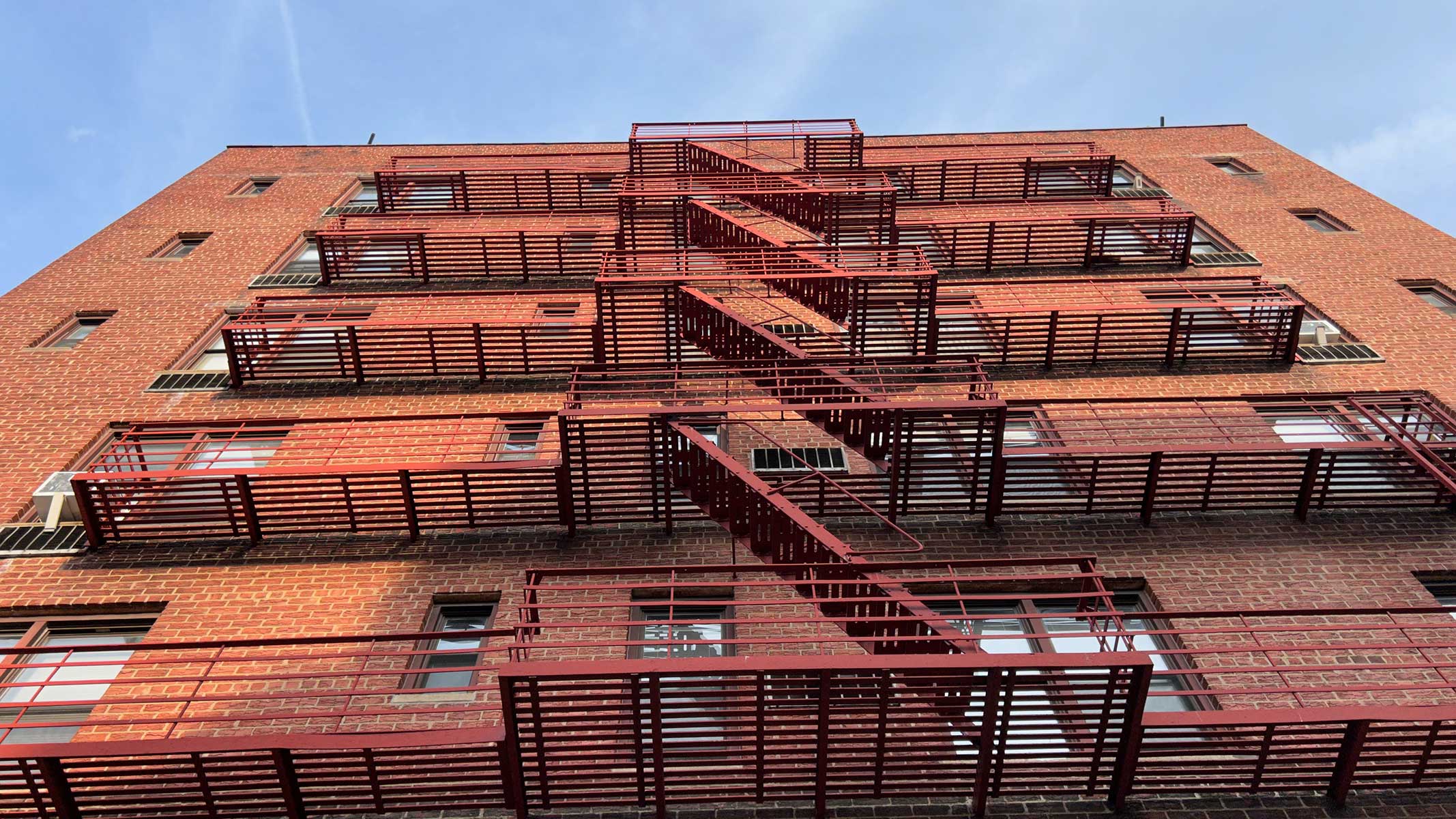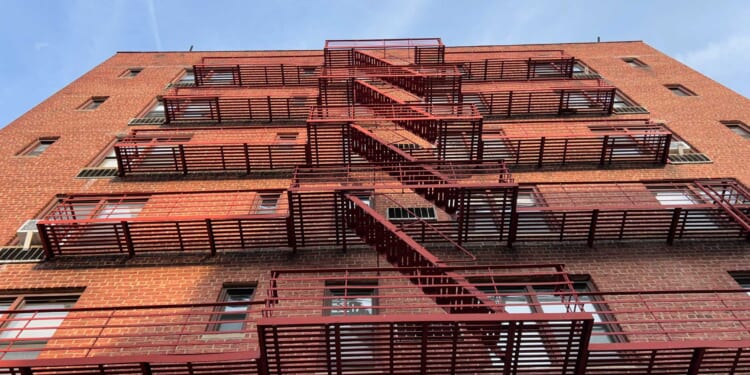
Rent control lies at the center of New York City’s mayoral race. Frontrunner Zohran Mamdani and his supporters want to freeze rents to combat surging housing costs; other mayoral candidates have expressed some interest in the idea as well.
But rent control almost always leads to higher prices and worse housing—as New York’s history shows. Buildings must be maintained, and if landlords can’t do that without losing money, the housing stock degrades. And rent control creates perverse incentives, encouraging tenants to stay in units long after they need the space.
As my conversations with landlords and young New Yorkers reveal, these dynamics are already distorting Gotham’s housing market.
It’s 7:45 in the morning, and Michelle, a small property owner on Manhattan’s Upper West Side, is hard at work coordinating with Con Edison to ensure that the gas works for heating season. Other tasks on her to-do list: scheduling the lead inspection, replacing a stove, checking on tenants, and addressing unexpected texts. “It’s a full-time job,” she said.
Some believe that landlords sit around passively collecting rents, but maintaining the housing stock takes work. Roofs must be replaced every 20 years (“at a hundred thousand dollars a pop!” says one building owner), pipes cleaned, and kitchens refitted. Landlords also take on financial risks—of downturn, fires, accidents, and more— when they provide units for rent.
Rent control tosses a wrench in the economic equation. Nearly 41 percent of the city’s roughly 2.4 million rental units are rent-stabilized, meaning they are subject to a maximum annual increase set by the Rent Guidelines Board. This year, that figure is 3 percent for a one-year lease.
These increases supposedly allow landlords to pay maintenance costs while preventing the most egregious profiteering. But for many, the increase is too small. Sharon, a Brooklyn-based, second-generation property owner whose family acquired and renovated a previously uninhabitable building, described her experience.
“My insurance costs are going up from $37,000 to $70,000,” she said. “Every year, the city increases property tax assessments by about 6 percent. We need to replace appliances and conduct inspections. It’s getting to the point where operating expenses are now exceeding revenues.”
Some landlords simply give up and take their units off the market after they become vacant. “There are operating costs to every unit,” says Robert, another small landlord. “When those operating costs exceed what we can collect in rent, plus the fixed building costs, then it’s no longer viable.”
Sharon’s and Robert’s comments reflect simple economics: when a business’s expenditures exceed its revenue, it will soon go out of business.
Property owners want to maintain their buildings, which are their livelihood. Rent control diminishes their incentive for investment. Slowly but surely, the housing stock degrades, units come off the market, and New Yorkers find themselves paying more for worse housing.
Of course, not all buildings and units in New York are rent-stabilized. For example, Michelle’s building, she says, is composed of 60 percent market-rate and 40 percent rent-stabilized units. Since the allowable increases on the rent-stabilized units haven’t kept pace with inflation, she’s found that the only way to remain in the black while making necessary investments in the building is to raise rates on other tenants.
“It hurts my heart to have to do it,” she said, “but it’s even crazier when you realize that someone who’s been living there for 20 years pays below $1,000 for an apartment with a view of the park.”
Many rent-stabilized tenants don’t even live in their units full-time, she says, “but proving non-residency is a whole other thing.” Given recent reforms, which prevent landlords from substantially hiking rents for vacant tenants, she has no reason to evict those tenants as long as they pay rent.
This dynamic reduces the supply of housing, hurting people who want to move to New York City. Twenty-year-old Peter, a Fordham University student, recounted his efforts to get market-rate housing in the Bronx. “After a month of looking, we finally found a place. They were charging insane rent, like $3,600 a month for a very small unit—virtually a closet. Yet it’s the only thing we could find,” he said.
A month later, Peter and his roommate were unable to move into the unit: “At the last minute, there was an electrical fire, and all the power went out. We were lucky enough to find a place elsewhere.”
For many city leaders, the answer to this problem is to expand public housing. A City Hall staffer, for example, recently received thunderous applause for proclaiming that, “if private developers won’t maintain their housing [after rents are frozen], the government will!”
The staffer apparently failed to understand that public housing also has maintenance and capital costs, which, given the city’s union-labor and environmental mandates, are likely higher than those of private housing. The city’s current public-housing system is also plagued by ineptitude: the New York City Housing Authority takes two months, on average, to complete minor repairs.
In a 2021 article in Tribune, a democratic socialist magazine, columnist Joe Bilsborough claimed that “rent control should ideally be seen . . . as a temporary measure that expedites private landlords leaving the market entirely.” He would likely be pleased if New York implemented a rent freeze, pushing small property owners out of business and letting the city scoop up and operate the units.
But this wouldn’t solve the problem of high rents in New York City. Advocates like Bilsborough fail to address the reality that Gotham today does not have a free market in housing. Under a free-market system, new demand results in higher rents, which encourages developers to develop more housing—expanding supply and ultimately reducing rents. But in New York, a complex system of zoning laws, building permits, and environmental reviews disrupts this process.
Rent control prevents property owners from adequately maintaining their buildings and distorts the allocation of existing units. It benefits incumbents at the expense of new arrivals and forces market-rate tenants to subsidize those in stabilized units. Most importantly, it fails to address the root cause of the city’s housing crisis: a lack of supply. New Yorkers should demand changes that attack the real problem and ignore leaders proposing false solutions.
Photo by: Lindsey Nicholson/UCG/Universal Images Group via Getty Images


















